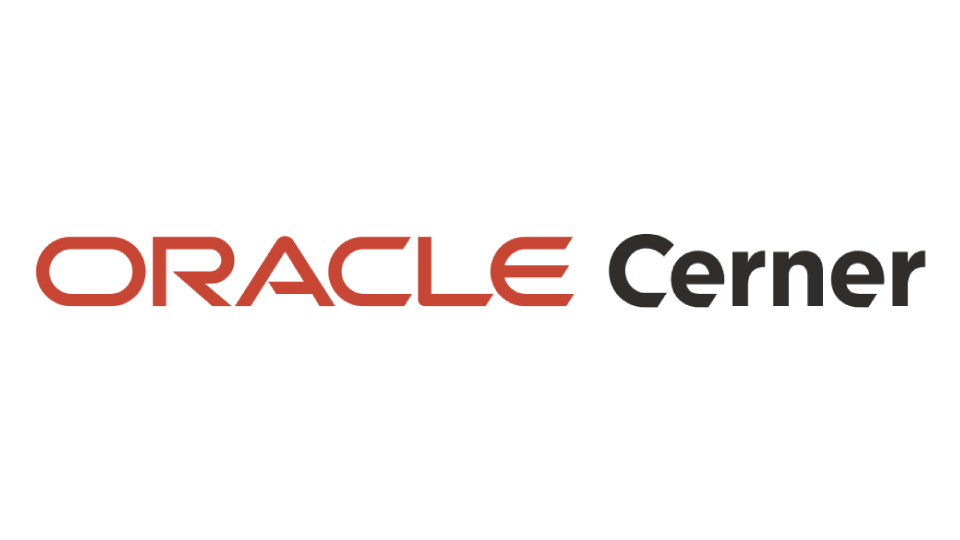When health systems across the country began preparing for potential COVID-19 surges, their leaders needed new options to help visualize capacity and forecast trends. Northern Light Health, with locations throughout Maine, worked with Cerner to become the first to utilize the new Cerner Command Center Dashboard, which provides situational awareness of critical resources. In addition to depicting an overview of the current situation, it also uses artificial intelligence and predictive models to anticipate future capacity, staffing needs and other resources.
“We needed near-real-time analytics in order to effectively respond to this crisis,” said April Giard, DNP, MSN, NP-BC, NEA-BC, vice president and chief information officer. “Part of our incident response was to accelerate the rollout of the dashboard to our hospitals. We can truly respond in the moment.”
The dashboard allows leaders across the health system to quickly understand resources being utilized and where leaders might need to adjust staffing or other responses. The health system’s president and vice president of nursing had large monitors placed in their offices to view the dashboards at a moment’s notice.
“We’re using it for our day-to-day operations,” said Jen Fogel, BSN, RN-BC, vice president, regional nursing informatics officer. “We can look at it and know where our empty beds are, where we may need to adjust staffing based on beds being used, as well as operations in the operating room and our emergency department.”
The dashboard also provides details about environmental services, including cleaning and preparing rooms for new patients. This allows them to see which rooms are ready to accept new patients or if the rooms still need to be cleaned and prepared.
The dashboards also help staff direct non-COVID-19 patients to care closer to their homes. Often a provider may refer someone to Northern Light Health’s Eastern Maine Medical Center, a main facility for the health system. For some patients though, that facility is as far as four hours away. The dashboard can provide information to providers to help route a patient to a facility closer to their home.
“They can put the patient at the right level of care and the right bed, and be closer to home, where they can have that family support,” Fogel said. “I think they’ll receive the care quicker and will have better outcomes. It should make the patient experience better.”
The current dashboard utilizes three years of historical data at Northern Light Health to predict how critical resources could be impacted.
“The predictive analytics are forecasting our predicted census in four, eight and 12-hour blocks,” said Fogel. “That’s a huge benefit to know if you’re going to have enough beds.”
While Northern Light Health has been able to cope with COVID-19 and isn’t seeing massive surges currently, leaders think the dashboard will help them prepare for any future surges as well as normal health system operations.
“This is why we all went into health care,” said Giard. “To make a difference and improve care for patients. By the analytics we receive, we can act upon it in the moment and improve care or prevent an adverse event.”


